You put a smile on my face.
Oh yeah, you do that for a living don’t you?
You put a smile on my face.
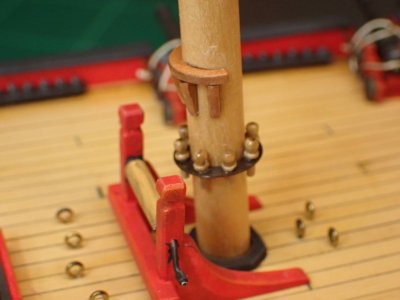

Good morning Smithy. Let’s hope the “safe” CA glue is kind to you. Way to go with windlass and fife rail. Looking good.With the hope, no let's be optimistic, the promise of a safe CA in the post and a smile back on the chops of your humble servant here's what DID work today.
View attachment 485463
I accepted the simplified boom rest and brass pin rail (fife rail?) and was quite cheerful for a moment there until I saw what a mess of made of painting the black handle on the jeer windlass. How could I not see that splotch when I was painting it? Actually I know why, it's the result of an irreparable eye condition that I have so to hell with fixing it (and then fixing the red splotch on the handle and then fixing the black...) Let's just call it my secret squirrel signature!
I really like this….my ships have plenty added featuresIt is not a mistake, it’s a feature.
 .
.Let’s hope the “safe” CA glue is kind to you

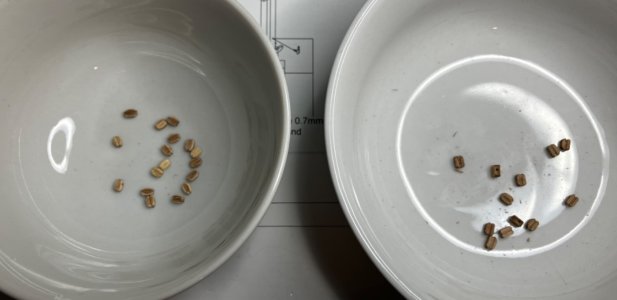
You might want to keep Buddy away from your work area. These bowls look like they contain kibbles.
 They are very small bowls.
They are very small bowls.
Diluted Acrylic matte varnish on natural fiber. It has been used successfully at the USNA Museum model workshop for a very long time, that's where I learned of it.Diluted titebond on Gutermann polyester. No.
Acrylic varnish ditto. No.
Shellac ditto. No.
Dilute titebond on natural fibre. No.
Acetone based nail varnish. No. (Smell is awful)
Please only suggest alternatives if you have personally used them with success. Guesses and ‘someone said…’ aren’t helpful. Now I’m off to read some books on the subject.
that's where I learned of it.

I have actually used it, as have a number of other model shipwrights of my acquaintance. All very successful on natural fiber. Diluted a bit it does wick into the fiber but will not deteriorate over time.Have you actually used it?
Anyway, keep up Peter, we have some properly house-trained CA arriving very soon.
I have actually used it, as have a number of other model shipwrights of my acquaintance. All very successful on natural fiber. Diluted a bit it does wick into the fiber but will not deteriorate over time.
That could be spots of lard or grease used to keep the pin from siezing in the wood! MaybeWith the hope, no let's be optimistic, the promise of a safe CA in the post and a smile back on the chops of your humble servant here's what DID work today.
View attachment 485463
I accepted the simplified boom rest and brass pin rail (fife rail?) and was quite cheerful for a moment there until I saw what a mess of made of painting the black handle on the jeer windlass. How could I not see that splotch when I was painting it? Actually I know why, it's the result of an irreparable eye condition that I have so to hell with fixing it (and then fixing the red splotch on the handle and then fixing the black...) Let's just call it my secret squirrel signature!
That could be spots of lard or grease used to keep the pin from siezing in the wood! Maybe

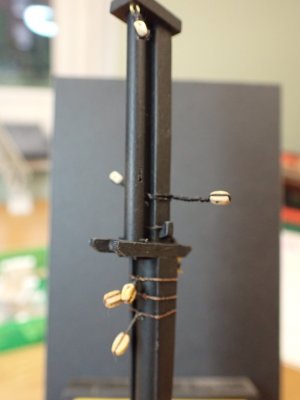


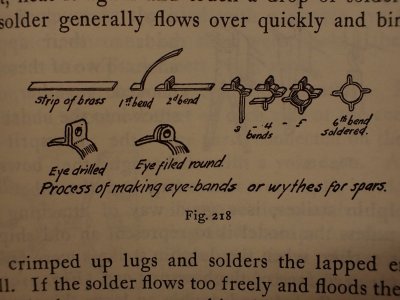
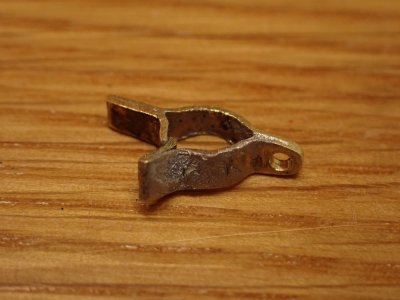
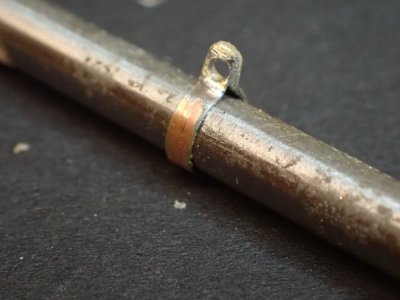
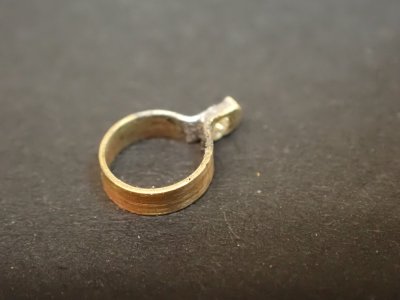
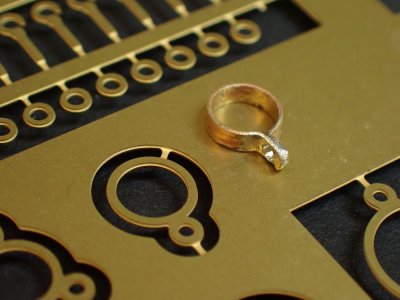
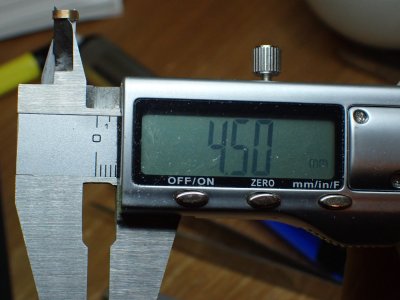
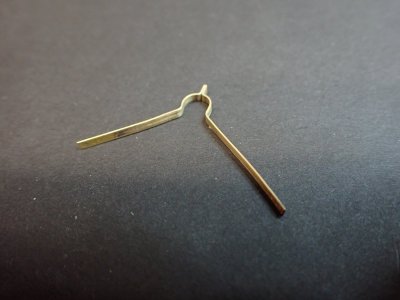
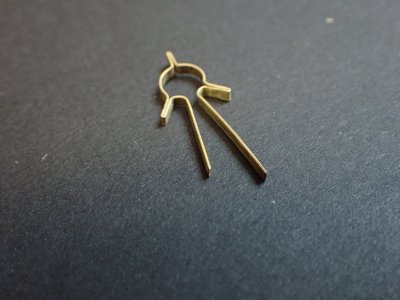
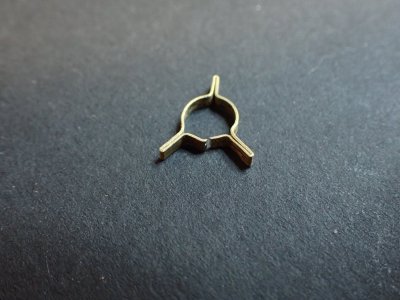
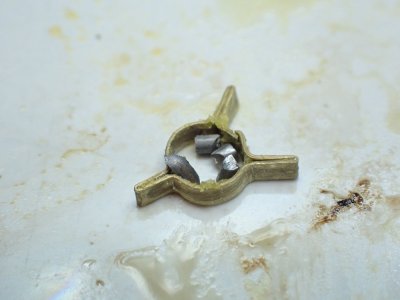
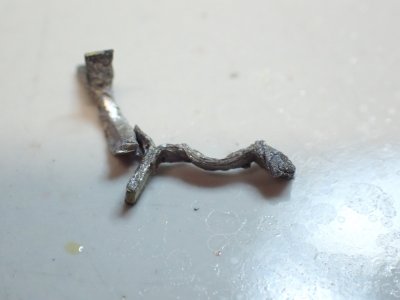
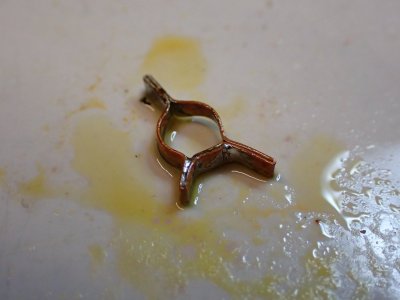

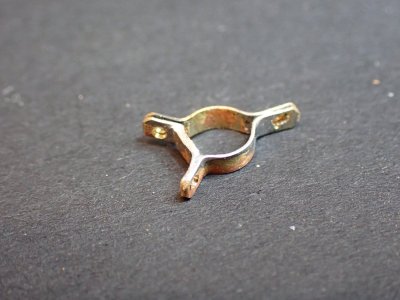
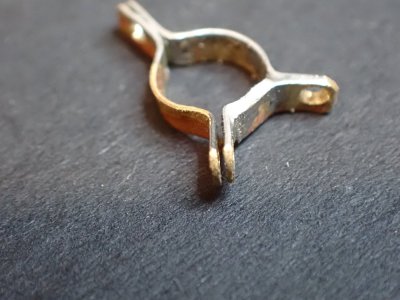
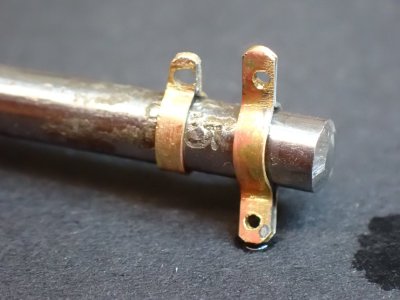


How about next time you start with something that's hard to solder - maybe something with 8 or 10 joints that are being soldered simultaneously.
Seriously, I'd call that whole thing a victory. Well done, Smithy!
…… Seriously, I'd call that whole thing a victory. Well done, Smithy!
I know a guy that uses a series of solders with different melting points so he can solder half a dozen joints in one piece of brass without melting the previous ones. That’s worth investigating.
[Silver solder]
